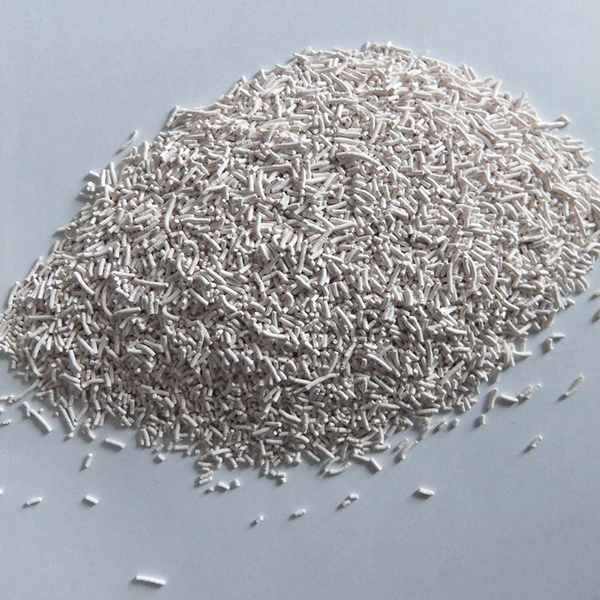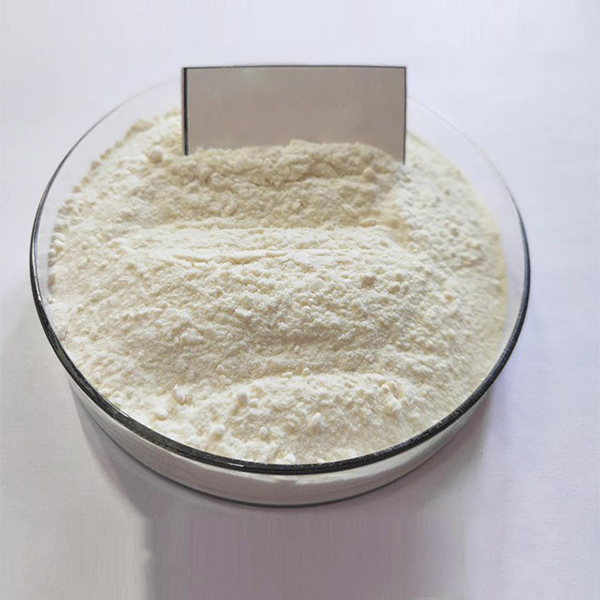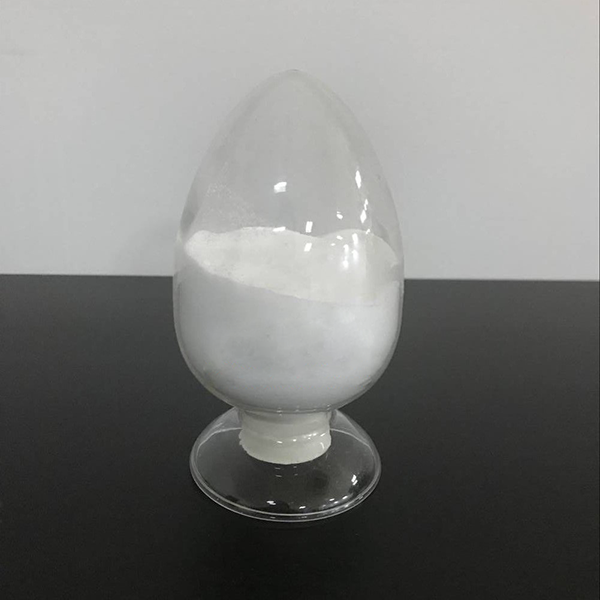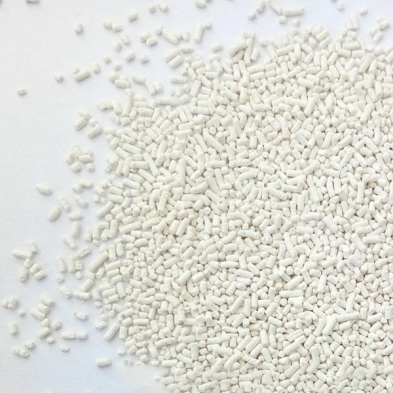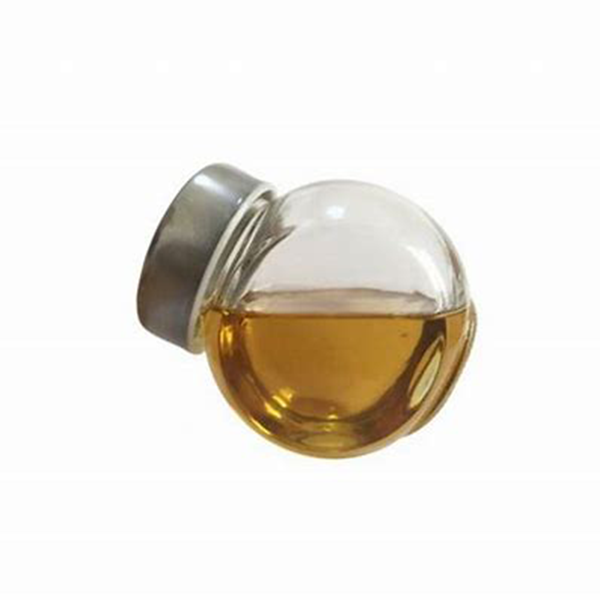Isoxaflutole HPPD inhibitor herbicide for weed control
Product description
Isoxaflutole is a systemic herbicide - it is translocated throughout the plant following absorption through the roots and foliage and is rapidly converted in planta to the biologically active diketonitrile, which is then detoxified to the inactive metabolite, 2-methylsulphonyl-4-trifluoromethylbenzoic acid. The activity of the product is through the inhibition of the enzyme p-hydroxy phenyl pyruvate dioxygenase (HPPD), which converts p-hydroxy phenyl pyruvate to homogentisate, a key step in plastoquinone biosynthesis. Isoxaflutole controls a wide spectrum of grasses and broadleaf weeds by bleaching emerging or emerged weeds following herbicide uptake via the root system. Following either foliar or root uptake, isoxaflutole is rapidly converted to a diketonitrile derivative (2-cyclopropyl-3-(2-mesyl-4-trifluoromethylphenyl)-3-oxopropanenitrile) by opening of the isoxazole ring.
Isoxaflutole can be applied pre-emergence, pre-plant or pre-plant incorporated in maize and pre-emergence or early post-emergence in sugar cane. The higher rate is required for pre-plant applications. In field trials, isoxaflutole gave similar levels of control to standard herbicide treatments but at application rates nearly 50 times lower. It controls triazine-resistant weeds both when used alone and in mixtures. The company recommends that it is used in mixtures, and in rotation or sequence with other herbicides to delay the onset of resistance.
Isoxaflutole, which has a halflife of 12 hours to 3 days, depending on soil type and other factors, also converts to diketonitrile in the soil. Isoxaflutole is retained at the soil surface, allowing it to be taken up by surface germinating weed seeds, whereas diketonitrile, which has a halflife of 20 to 30 days, penetrates the soil and is taken up by plant roots. In both plants and in the soil, diketonitrile is converted to the herbicidally inactive benzoic acid.
This product must not be applied to sandy or loamy soils or to soils with less than 2% organic matter. In order to counteract potential toxicity to fish, aquatic plants and invertebrates, a 22 metre buffer zone is required to protect sensitive areas, such as wetlands, ponds, lakes and rivers.

